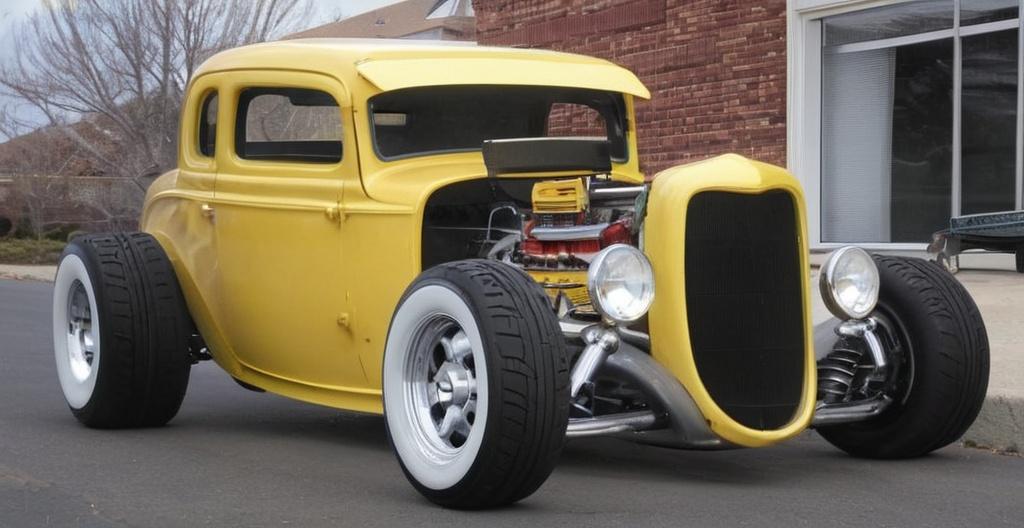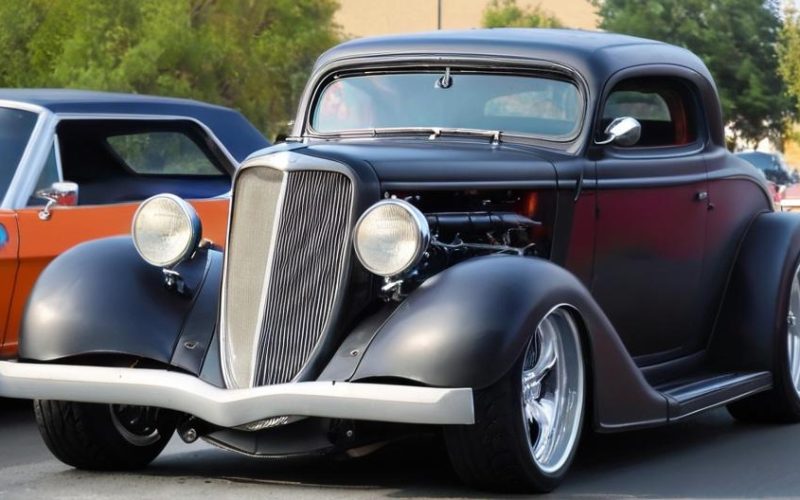Key Take Aways About Street Rodding as an Investment
- Street rodding combines vintage car modification with investment potential.
- Historical and cultural value enhances the market appeal of street rods.
- Value appreciation depends on factors like historical significance and builder reputation.
- Market trends and timing are crucial for profitable sales.
- Balance originality and customization to appeal to buyers.
- Comprehensive documentation boosts credibility and price.
- Investors should budget for maintenance and storage costs.
- Economic factors can impact collectible car values.
- Strategic market understanding is essential for successful investments.

Street Rodding as an Investment Opportunity
Street rodding’s not just for revving up engines and turning heads as you cruise down Main Street. It might sound like living in the fast lane, but it’s also about making sound investments. Let’s roll into the world of street rodding and see how it sits as an investment option. Spoiler alert: It’s not just car owners who get all anxious about engine knocks.
What is Street Rodding?
Before hitting the nitrous, a quick pit stop on street rodding basics. Street rods are vintage cars, usually from the 1920s to the 1950s, modified for performance and appearance. Think less ‘barn find’ and more ‘million-dollar restoration’. These cars are often tinkered to perfection, balancing that sweet spot between nostalgia and horsepower.
Historical Context and Cultural Value
Back in the day, street rodding began as a post-war hobby for returning soldiers. With newfound mechanical skills, they transformed old jalopies into sleek, speedy machines. This wasn’t just about thrill; it helped preserve automotive history. Fast forward to today, and these vehicles are more valuable than a collector’s edition comic. The cultural significance attached to street rods can boost their market value—if you play your cards right.
The Investment Angle
Investing in street rods isn’t as simple as popping the hood and giving it a once-over, there’s a strategic layer under that shiny exterior.
Value Appreciation Potential
Street rods can hold or increase their value over time, especially if they’re meticulously maintained. Cars with historical significance, like the iconic Ford Model T or custom models with a renowned builder’s name, tend to fetch higher prices at auction. An original, well-documented history can make a significant difference when you’re eyeing resale opportunities.
Entry and Exit Points
Like buying and selling stocks, timing matters. You might buy a fixer-upper for a song, then pour elbow grease and cash into it. Later, if muscle cars become all the rage, selling at the right time could bring a tidy profit. Market trends matter—a swing towards eco-friendly vehicles might impact demand, but nostalgia has a funny way of keeping gas guzzlers relevant.
What to Look For
Not all street rods are created equal, so a discerning eye is needed. Check out these factors before handing over your hard-earned cash.
Originality vs. Customization
Original parts and features often carry significant value, but custom work can also crank up the price tag. Too much customization, however, might alienate some buyers. Balance is key; think of it like a suit—some tailoring is fine, but don’t go too wild.
Documentation
A car’s history isn’t just for bragging rights. Provenance, maintenance records, and any awards can all steer a purchase decision. A complete paper trail adds a layer of trust and can be a deal-maker when flipping the ride.
Market Demand
Just like every dog has its day, so do car models. Research which makes and models are turning collectors’ wheels. A little bit of homework can tell you if you’re buying a future cash cow or a garage queen.
Financial Risks
No investment’s without its speed bumps, and street rodding’s got a few of its own.
Upkeep Costs
Unlike a savings account, street rods demand upkeep. Think regular maintenance, storage, and insurance. A neglected car can lose its charm faster than you can say ‘flat tire’. Budget for these costs to avoid unexpected financial potholes.
Market Fluctuations
Just as the economy affects housing and stocks, it also impacts collectible car values. Staying informed and adaptable can help steer through rough patches.
Conclusion
Street rodding offers more than the thrill of open roads and the admiration of onlookers; it can be a promising investment with the right blend of strategy, timing, and love for the craft. Navigating this means understanding market trends, assessing the intrinsic value of your ride, and being ready to make quick decisions when the market shifts. Just remember, while the road to profit can be smooth, it’s still got its curves—and maybe a few speed bumps—along the way.
